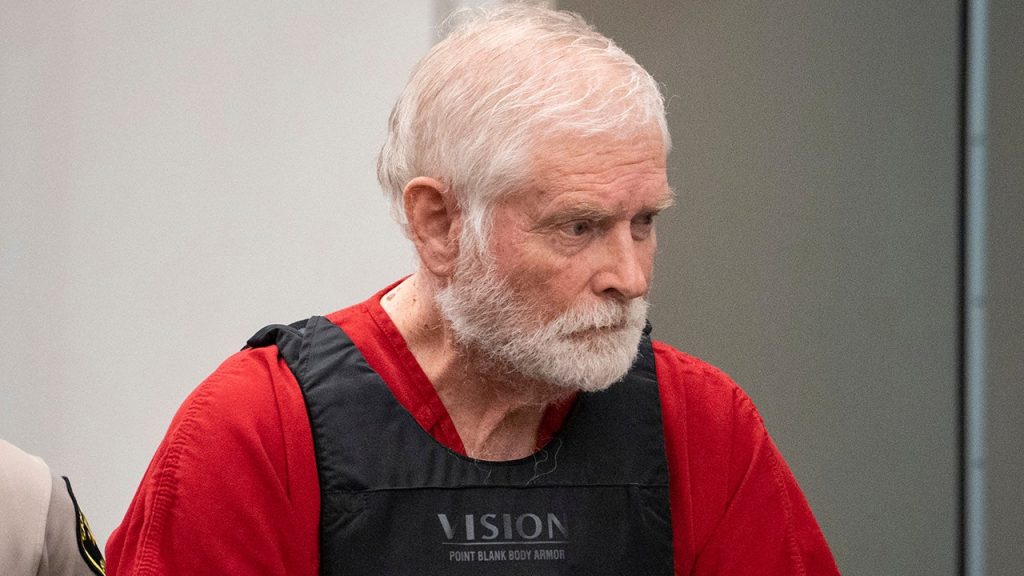The murder trial of Arizona rancher George Alan Kelly revolves around the death of Mexican national Gabriel Cuen-Buitimea on Kelly’s 170-acre cattle ranch near Nogales. The defense claims that Kelly only fired warning shots into the air and that a rival rip crew could have been responsible for Cuen-Buitimea’s death. The defense team has raised doubts about the forensic evidence presented in court and the autopsy report, pointing out that the fatal bullet was never recovered on the scene. Witnesses have testified about the presence of armed men near the Kelly home, suggesting a potential threat to the rancher and his family.
One of the witnesses in the trial was Sgt. Omar Rodriguez, who responded to the scene after Kelly reported finding a dead body on his property. Rodriguez testified that Cuen-Buitimea was dressed like a scout or drug smuggler, but the defense argued that he could have been a victim of robbery rather than an “illegal migrant pursuing the American Dream.” The defense consultant highlighted that smugglers often carry sophisticated communication devices to monitor law enforcement activities in the area, suggesting a different narrative than the one presented by prosecutors. The trial has delved into questions about the circumstances surrounding Cuen-Buitimea’s death and the implications for Kelly’s involvement.
The prosecution’s key witness, a man from Honduras who claimed to have been with Cuen-Buitimea when he was shot, admitted to previous involvement in drug smuggling and paying human smugglers to cross the border illegally. He also explained the delay in coming forward as a witness, citing illness after consuming water from Kelly’s property. These details have added complexity to the trial and raised questions about the credibility of the witnesses involved. The defense has pushed back against the prosecution’s narrative, highlighting inconsistencies and potential alternative explanations for the events leading up to Cuen-Buitimea’s death.
Kelly, who was initially charged with first-degree murder and held on a $1 million bond, now faces a second-degree murder charge. He rejected a plea deal offered by prosecutors and has chosen to go to trial to defend himself against the accusations. The trial is progressing with testimonies from various witnesses, including law enforcement officials, experts, and individuals connected to the case. The visit to Kelly’s ranch by the jurors is expected to provide additional context and insights into the events surrounding Cuen-Buitimea’s death. The trial is scheduled to conclude on April 19, at which point the jurors will determine Kelly’s fate based on the evidence presented in court.
Overall, the murder trial of Arizona rancher George Alan Kelly has generated significant interest and debate surrounding the circumstances of Gabriel Cuen-Buitimea’s death. The testimonies from witnesses, including law enforcement officials and individuals connected to the case, have offered different perspectives on what transpired on Kelly’s property. The defense team’s efforts to raise doubts about the prosecution’s narrative and present alternative explanations for Cuen-Buitimea’s death have added layers of complexity to the trial. Kelly’s decision to reject a plea deal and go to trial reflects his commitment to clearing his name and asserting his innocence in the case. The outcome of the trial will ultimately depend on the jury’s assessment of the evidence and testimonies presented during the proceedings.















